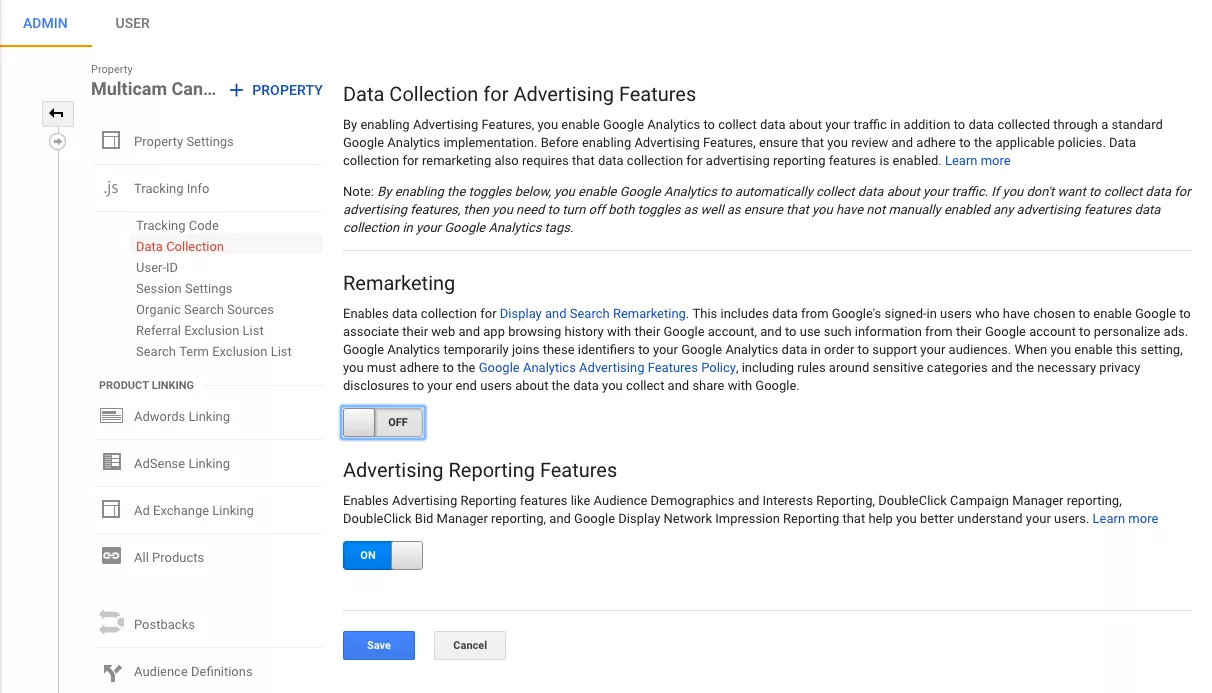Recognizing the Power of Remarketing In Google Analytics
Recognizing the Power of Remarketing In Google Analytics
Blog Article
Using Remarketing in Google Analytics: A Comprehensive Overview
Using remarketing in Google Analytics offers organizations a calculated side in reaching out to possible consumers. This guide will certainly drop light on the essential steps included in harnessing the complete possibility of remarketing in Google Analytics, leading to enhanced advertising outcomes.
Comprehending Remarketing in Google Analytics
Remarketing in Google Analytics permits companies to purposefully target customers who have formerly communicated with their site or mobile application. By leveraging information from Google Analytics, services can produce tailored remarketing lists based upon user behavior, such as pages checked out, activities taken, or particular objectives attained. This powerful tool enables services to re-engage with individuals that have actually shown rate of interest in their service or products, inevitably increasing the possibility of conversion.
Comprehending the various kinds of remarketing approaches is critical for an effective project - What Is “Remarketing” In Google Analytics?. Google Analytics offers different options, including common remarketing, vibrant remarketing, and remarketing listings for search ads (RLSA) Each kind offers a distinct purpose and can be tailored to meet specific advertising and marketing purposes
Additionally, examining the efficiency of remarketing campaigns is crucial for optimizing results. Google Analytics gives valuable understandings into the performance of various remarketing methods, allowing businesses to make data-driven decisions and improve their targeting technique. By constantly adjusting and monitoring remarketing initiatives based on analytics information, organizations can maximize ROI and drive success in their advertising efforts.
Establishing Remarketing Projects

After setting up audience listings, the following step is to connect Google Analytics with Google Advertisements. By linking these 2 platforms, businesses can perfectly move target market checklists from Google Analytics to Google Ads for remarketing objectives. This integration enables even more precise targeting and far better project efficiency.
When the accounts are linked, companies can produce remarketing projects in Google Advertisements making use of the target market provides formerly defined in Google Analytics. These campaigns can be personalized with particular advertisement creatives, messaging, and bidding process approaches to properly re-engage with previous site visitors and drive conversions. By following these steps, organizations can leverage the power of remarketing to enhance their advertising initiatives and enhance ROI.
Making Use Of Audience Segmentation Strategies

Predefined sectors in Google Analytics enable you to promptly examine common audience classifications like brand-new users, returning individuals, or customers that completed a particular goal on content your internet site. Custom sections, on the various other hand, allow you to develop special sectors based upon details standards that are essential to your organization objectives. Dynamic remarketing lists instantly readjust based on user actions, revealing tailored advertisements to users this hyperlink who have actually engaged with your website in particular means.
Studying Remarketing Efficiency Metrics
Upon examining the effectiveness of remarketing campaigns in Google Analytics, the evaluation of crucial performance metrics supplies useful understandings right into audience engagement and conversion rates. By diving right into metrics such as click-through prices (CTR), conversion rates, price per procurement (CERTIFIED PUBLIC ACCOUNTANT), and return on advertisement invest (ROAS), marketers can gauge the success of their remarketing initiatives. Examining these metrics makes it possible for marketing professionals to optimize campaigns, improve audience targeting, and designate budgets efficiently to boost overall remarketing performance.
Maximizing Remarketing Strategies
When refining remarketing techniques in Google Analytics, concentrating on audience segmentation is extremely important for attaining campaign success. By separating your target market into specific sectors based on their behavior, demographics, or interests, you can customize your ads much more effectively to every group. This targeted approach enhances the chance of reference involving customers that have actually currently shown interest in your products or services, causing higher conversion prices.
An additional critical facet of enhancing remarketing strategies is continually screening and refining your campaigns (What Is “Remarketing” In Google Analytics?). A/B screening different advertisement creatives, messaging, or offers can aid you recognize what reverberates finest with your audience and drives one of the most conversions. By evaluating the performance of these examinations in Google Analytics, you can make data-driven decisions to maximize your remarketing efforts even more
Additionally, leveraging vibrant remarketing can substantially boost your project results. This feature enables you to reveal personalized advertisements to individuals based on their previous interactions with your internet site, showcasing solutions or items they have actually previously viewed. By delivering tailored content to individuals based on their behaviors and interests, dynamic remarketing can assist increase interaction and drive conversions.
Conclusion
To conclude, taking advantage of remarketing in Google Analytics is a calculated approach to target individuals that have actually previously engaged with an internet site. By creating customized audience listings and making use of audience segmentation strategies, services can enhance remarketing projects for boosted conversion prices. Assessing performance metrics and constantly optimizing strategies are critical for making the most of the effectiveness of remarketing efforts.
Google Analytics provides numerous alternatives, consisting of common remarketing, vibrant remarketing, and remarketing checklists for search advertisements (RLSA)After setting up audience checklists, the following step is to link Google Analytics with Google Advertisements. By linking these 2 platforms, organizations can effortlessly transfer target market checklists from Google Analytics to Google Ads for remarketing purposes.When the accounts are linked, businesses can develop remarketing projects in Google Ads utilizing the audience notes formerly defined in Google Analytics.When refining remarketing approaches in Google Analytics, focusing on target market division is paramount for achieving project success.
Report this page